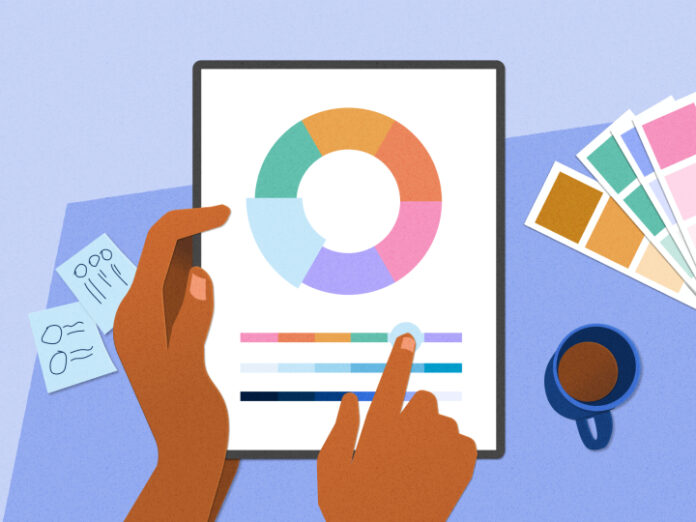With millions of new products entering the marketplace every year, your customer experience matters. Customers have more options than ever to buy products or services that may be similar to your offerings. As a brand, you only have moments to make a positive impact.
This isn’t meant to scare you, but rather to highlight the importance of providing a great CX from the get-go. A memorable experience will turn potential leads into conversions. You have a solid chance of standing out from your competitors by going above and beyond your buyers’ expectations. If you’re curious about how to do that, read on for three ways you can level up your customer experience.

1. Provide Relevant Content
You may be so focused on your actual product line that you dismiss the need for related content. However, this would be a huge mistake, as content can increase your leads and provide an overall better CX. The right content has the ability to educate, inspire, and attract new consumers. By providing relevant content, you are giving consumers the information they need to make an informed purchase decision. Content can also help buyers have a better experience with your product once it’s theirs.
While blog posts may be your first instinct, your content options really are limitless. An Instagram Reel could draw a prospect in, while an interactive manual will help them get up to speed quickly post-purchase. Consider your target audience, what you’re trying to communicate to them, and where they’re likely to encounter your brand. You don’t want to be posting videos on TikTok if detailed information on an FAQs page is what your audience members are looking for.
Creating content can be overwhelming and time consuming, to say the least. To get started, you may want to consider outsourcing technical writing services, especially if your offering is complex. These services can help solidify a content strategy that makes sense for your unique business. You can partner with professionals to develop a multichannel content and distribution plan that meets your audience where they are.
2. Create Product Demos

You and your team know your product inside and out. You know why you chose specific materials to create it and why your product is better than competitors in the market. Assuming your target audience also knows this information is a mistake. Bringing them into your strategy shows that you are putting their needs first. You want them to better understand your product so they know exactly what they are buying and why.
The easiest way to translate this information to your consumers is through a product demo. Whether done in person, via Zoom, or in a pre-recorded video, a demo explains the ins and outs of your product. This is incredibly important for more complex offerings as potential buyers may not know how the product works or why they need it. In a demo, you are able to explain the uniqueness of your offering and assist them in their final purchase decision.
For any demo done in real time, make sure that the person conducting it is well informed about all of your product’s features. Given the possibility of live questions, you want to ensure the team member is well versed in your offering. For demo videos, it can be helpful to write out a script for the overview and actual demo segments. Filming from multiple angles gives you more options when you are editing the final cut. Shorter clips can be used as teasers on social media, while the full-length demo should have a prominent spot on your website.
3. Design an Efficient Website

Speaking of websites, an optimal customer experience depends on yours. Think of your site as the entranceway into your home. It’s one of the first impressions you’re going to make. Just as you wouldn’t want the entry to your home to be congested and cluttered, your site shouldn’t be either. A streamlined design welcomes prospects in and provides them with just the right information they need to make a purchase decision. And again, it enables them to find the information they need to take best advantage of your product once they’ve purchased it.
The website design is a reflection of your brand, which is why it impacts your overall customer experience. Every touchpoint — from the imagery to the logo to the colors — should be consistent with your branding. You only have a few moments to capture consumers’ attention and bring them down the purchase funnel. A site with too much information can be overwhelming, while a sparse site can leave them with more questions than answers. Finding the right balance may take a bit of experimentation.

When conducting a site overhaul, think about your target audience. How are they getting to your site, and what are they most likely to look for first? If you are doing a major product launch with a social media campaign, then showing the new product on your homepage is important. If you sell a complex product, explaining what your offerings do and how is more important. Soliciting customer feedback on your site design will enable you to learn whether you’re satisfying your target customers’ CX needs.
Takeaways
A great customer experience is key to your success. Buyers today are wanting, and sometimes demanding, more from the brands they buy from. If you want to stand out, start by thinking like your customer. Understanding their wants and needs can help ensure you are providing the best CX you can from their very first interaction with your brand.







